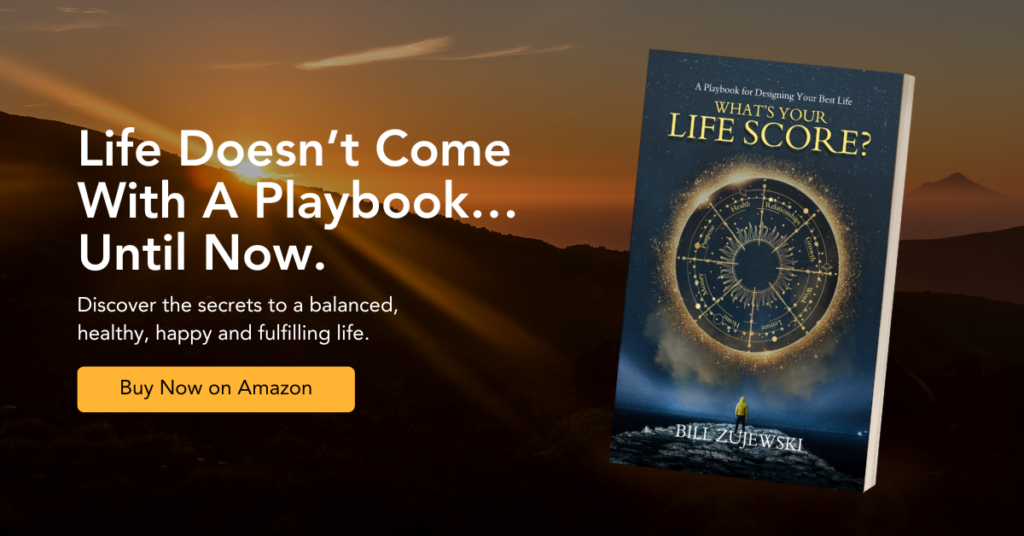Starting a business is challenging.
Starting a personal development life coaching business in an already crowded market? That’s another level of hard.
It seems like some of the best prospects for a coaching business are people who also aspire to become life coaches themselves. This irony underscores how competitive and nuanced this field truly is.
Although I’m an entrepreneur with years of experience in marketing and consulting for B2B companies, selling a service directly to individuals has been a completely different ballgame. The dynamic shifts significantly, requiring not just a new strategy but a fresh perspective.
I’m at a stage in my career where I want to give back and genuinely help others. While income is, of course, a factor, my primary motivation is to impact people’s lives—especially young professionals seeking balance and purpose.
One year into building my coaching business, I’ve had some wins—a few great clients and meaningful moments. However, scaling and expanding has been a steep uphill climb. Alongside my coaching efforts, I’ve leveraged my book, What’s Your Life Score?, and my mobile app, GoodLiife Score, to provide additional value. Still, the path hasn’t been easy. If you’re trying to grow a personal development life coaching business, here are seven lessons I’ve learned the hard way. My hope is they save you time, frustration, and resources.
Lesson #1: Finding Prospects Is Hard and Takes Consistent Effort
Build it and they will come. Not.
When starting out, I underestimated the time and energy required to start the business and gain visibility. Here’s what I discovered:
- Limited Visibility: At the beginning, I had very little online presence, and my marketing strategies weren’t reaching my target audience. Building a strong website with SEO-optimized content focusing on keywords like “personal development life coach” was a game changer. If you’re not an SEO expert, hire one part-time to set you up, then learn enough to manage it yourself.
- Broad Targeting Doesn’t Work: Casting a wide net diluted my efforts. Once I narrowed my focus to young professionals who needed both career guidance and balanced-life coaching, things improved. Having a niche makes you more credible and ensures your content resonates.
- Ineffective Lead Generation: There was a steep learning curve for tools like social media ads, email marketing, and lead generation software. Hiring temporary help to get started was invaluable, but I’ve since taken ownership of these channels to maintain authenticity.
Lesson #2: Establishing Credibility Is Non-Negotiable
I don’t even know you.
Trust is the cornerstone of a successful coaching business. Without it, you won’t succeed.
- Social Proof Matters: At first, the lack of testimonials and case studies was a huge obstacle. Prospective clients want evidence of your expertise before they commit. My solution? Work for free if necessary to secure those critical first testimonials. Over-service your early clients to create compelling reviews and success stories.
Lesson #3: Standing Out in a Crowded Market Requires Uniqueness
My friend is a life coach.
Let’s face it—there’s an abundance of life coaches.
- Define Your Value Proposition: I realized early on that blending in wasn’t an option. To stand out, I introduced my ZenScore—a unique personal scorecard that helps clients assess and track their life balance. This tool became a key differentiator and aligned perfectly with my philosophy.
- Articulate Your POV: Having a strong, clear message—like my belief that balance is the key to fulfillment—gave me an edge. Your messaging should not only reflect your values but also connect deeply with your audience’s pain points. I was seeing myself as a personal development life coach, but I need to get more specific.
Lesson #4: Converting Prospects Into Clients Takes Work
Thanks, but no thanks.
Generating interest is one thing; converting that interest into a paying client is another.
- Building Trust Quickly: First impressions matter. Early on, I struggled to convince prospects of my expertise during initial conversations. Offering a free introductory session—focused on their needs rather than a sales pitch—helped break down this barrier.
- Clarify Value: Prospective clients often asked, “What exactly am I paying for?” My ZenScore provided a concrete starting point, offering measurable insights and a clear roadmap for their growth. This clarity turned skeptics into believers.
Lesson #5: Overcoming Price Resistance Requires Strategy
How much?
Many prospective clients hesitate at the idea of paying for coaching. Here’s how I addressed it:
- Flexible Payment Options: Offering payment through platforms like Venmo, PayPal, or Zelle reduced friction for clients wary of inputting credit card information on my site.
- Trial Periods and Money-Back Guarantees: These reassurances helped ease concerns about commitment and value.
- Upfront Commitment: Even with a money-back guarantee, I required a nominal upfront payment to ensure clients were serious about the process.
Lesson #6: Retaining Clients Beyond the First Session Can Be Tough
Ghosted.
No eMail replies. No text replies. Ghosting is a real challenge in the coaching business. Clients may disappear for various reasons—sometimes life happens, and sometimes they lose motivation.
- Manage Expectations: Set clear expectations upfront. Let clients know that meaningful change takes time and effort, and this isn’t a quick fix.
- Personalized Plans: When I began creating tailored action plans for each client, retention improved. People are more likely to stay engaged when they see a path uniquely designed for them.
Lesson #7: Building Long-Term Relationships Is Key, but Hard
People are busy. Many of the clients who need coaching the most are already overwhelmed.
- Show Value Early: Deliver tangible results or insights in the first two sessions. This keeps clients motivated and builds trust.
- Make It Personal: Coaching isn’t just a business; it’s a mission to help others. When you genuinely care about your clients’ well-being, they feel it.
- Consistency Matters: Regular check-ins, fresh insights, and evolving strategies keep clients engaged over the long term.

The Keys to Success To A Personal Development Life Coaching Business
Overcoming these challenges requires dedication, adaptability, and a genuine passion for helping others. Focus on building trust, refining your value proposition, and creating meaningful relationships. Remember to ask clients for feedback regularly: “How am I doing? Are you seeing the results you hoped for?”
Continued learning is another cornerstone of success. Stay updated with industry trends, coaching methodologies, and tools that enhance your client offerings. Attending webinars, taking courses, and reading widely will ensure you bring fresh perspectives to your practice.
Networking is equally vital. Build strong connections with fellow coaches, attend events, and participate in online communities. These relationships can lead to referrals, collaborations, and new insights into how to improve your business.
Finally, embrace patience and persistence. Building a successful coaching practice doesn’t happen overnight. Celebrate small wins, keep refining your approach, and remain committed to your purpose. When you’re truly invested in your clients’ growth, that’s where the magic happens.

Leave a Reply